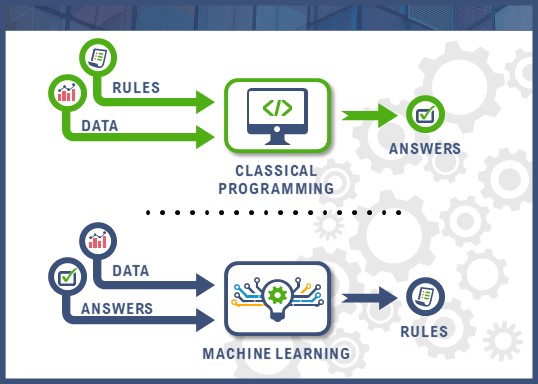Case Study April 11, 2019
Using AI to Expedite and Expand Cost-of-Care Savings
Trexin helped a healthcare payer use machine learning in pursuit of a $4MM savings target.
Business Driver
Our Client, a state plan for a Fortune 100 health insurance company focused on the Medicaid market, assigned 4 pillars to its annual strategy. One of those pillars was to significantly improve provider network performance with key outcomes of improved quality (HEDIS measures) and lower medical loss ratio (MLR) for their network primary care physicians, setting an aggressive target of $4MM in cost-of-care savings for the fiscal year. Having already identified primary care physicians who were above or below average in terms of quality and MLR, our Client had begun meeting with under-performing provider groups and physicians to discuss how to better work together to improve the providers’ quality and cost-of-care. Providers and physicians who were unable or unwilling to collaborate and improve were being removed from the network and their members were being reassigned to higher performing primary care physicians. To accelerate the reassignment process, the Vice President of Provider Strategy and Performance Outcomes asked Trexin to consider how we could help.
Approach
A significant challenge to meeting the plan’s $4MM cost-of-care savings goal was having the reassignments completed as early in the fiscal year as possible to allow more time for the improvement effects to accumulate. But the member reassignment rules were not documented and the few expert-level personnel who knew the rules were senior-level staff members with very limited availability.To address this challenge, Trexin designed a machine learning classification model to completely transform the member reassignment capability. In effect, the machine learning model “learned” the reassignment rules from scratch by analyzing data records that documented previous reassignment decisions made by the experts. By running the AI model in reverse, these newly learned reassignment rules could then be applied to new situations. This eliminated the need for access to the expert-level personnel and significantly reduced the cycle time to complete the reassignment process by an estimated 8-12 weeks, thereby expanding the amount of time for cost-of-care improvements to drive savings.

Results
The machine learning model developed by Trexin demonstrated over 99% accuracy in tests administered by the experts. This level of accuracy resulted in strong acceptance and speedy adoption from the network and member services personnel who were accountable for members being reassigned to new primary care physicians. And because the new capability was deployed within 2 months of the start of the fiscal year, as much as 10 months of cost-of-care improvement effects could accumulate versus what had traditionally been only 7-8 months. This itself represented a 25-42% expansion in time that was estimated to drive more than $1MM of the $4MM savings target.

